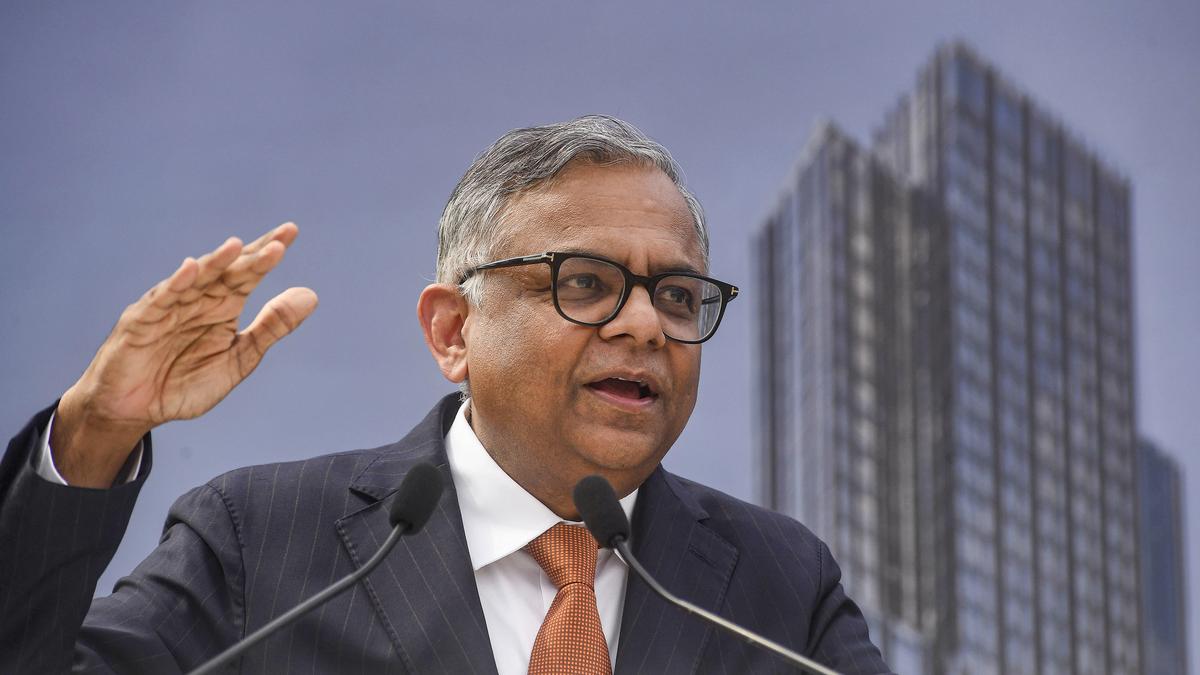‘Impact of RBI’s exchange rate management on forex buffers to depend on scale and duration of intervention’
‘Impact of RBI’s exchange rate management on forex buffers to depend on scale and duration of intervention’
Higher than expected interest rate increases in the U.S. could put further downward pressure on the rupee and increase imported inflation in India, but there is a limited risk to the country’s sovereign rating from external pressures, Fitch Ratings said on Wednesday.
“The Reserve Bank of India (RBI) recently reiterated that it does not have a target level for the exchange rate, but we expect the authorities will continue to use reserves to manage exchange-rate volatility. This will probably erode reserve buffers further in the near term, but the impact will depend on the scale and duration of intervention,” the rating firm noted on a day the rupee slipped below 83 to the U.S. dollar as per provisional numbers.
While domestic factors are the primary driver of the RBI’s monetary policy tightening, Fitch said risks to its current forecast of a peak repo rate of 6% in 2023-24 are ‘skewed to the upside’.
“There is a significant chance of rate hikes in the U.S. beyond those in our assumptions, which could put further downward pressure on the rupee and increase imported price inflation,” it said.
Though external finances are ‘becoming less of a strength’ in India’s credit profile, the global rating major said it expected foreign exchange reserves to remain robust and the current account deficit to be ‘contained at a sustainable level’.
“India’s external buffers appear sufficient to cushion risks associated with rapid monetary policy tightening in the U.S. and high global commodity prices… Public finances remain the key driver of the rating and are only modestly affected by these developments, particularly as India is relatively insulated from global volatility due to the sovereign’s limited reliance on external financing,” the firm said in a note.
While India’s forex reserves have shrunk by $101 billion between January and September this year, Fitch said they were still large at about $533 billion and provide a ‘strong’ reserve cover to support 8.9 months of imports.
“This is higher than during the “taper tantrum” in 2013, when it stood at about 6.5 months, and offers the authorities scope to utilise reserves to smooth periods of external stress. Large reserves also provide reassurance about debt repayment capacity,” the firm emphasised, adding that short-term external debt due was equivalent to only about 24% of total reserves.
Fitch expects India’s current account deficit to rise to 3.4% of GDP in 2022-23 from 1.2% last year, given the surge in imports due to strong domestic demand as well as high oil and coal prices.
Recessions in key European and U.S. export markets will weigh on near-term export prospects, even as export growth has already moderated after June, it said.
While Fitch estimates the deficit to cool to about 2% in 2023-24 due to easing energy prices moderating the import bill, it expects the current account deficit to be wider than pre-pandemic levels over the next few years.
“This is partly because we see fiscal deficits remaining above pre-pandemic levels, with only gradual consolidation, amid increased public capex spending,” it explained.








